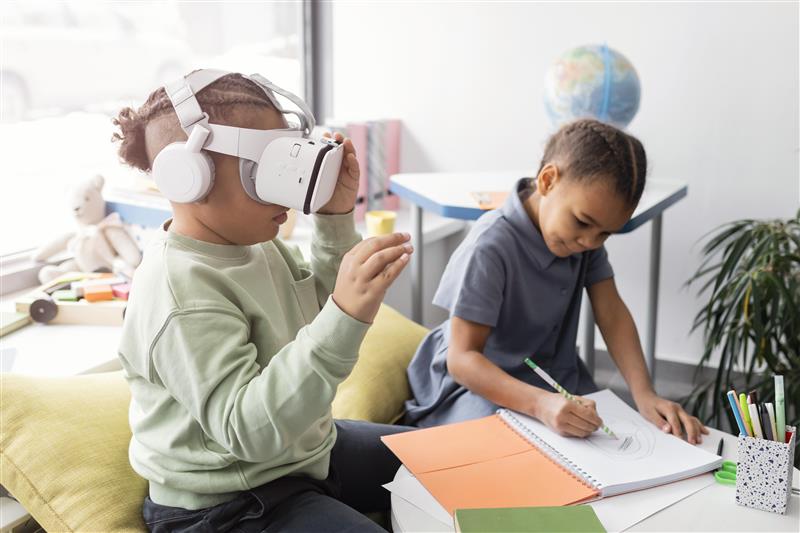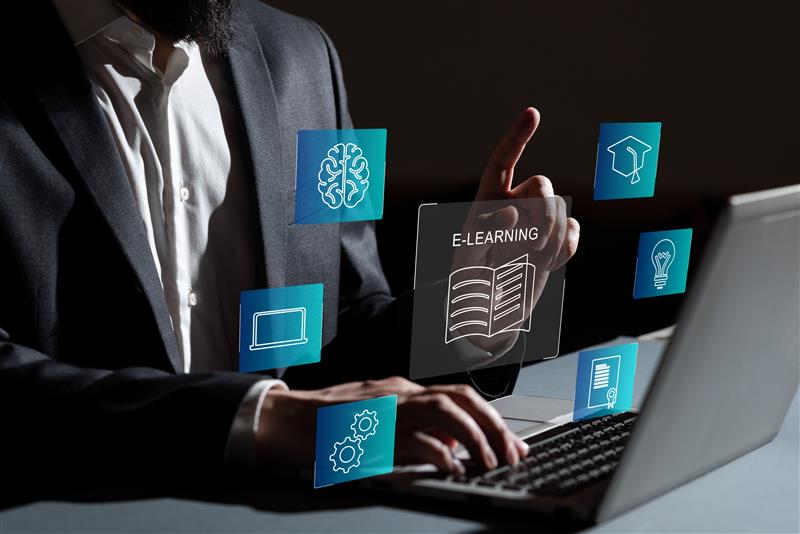The pandemic in 2020 exposed just how fragile our education systems really are. When schools suddenly switched to remote learning, it was mostly a quick fix — and often a messy one. Many students fell behind, and the gaps in access and opportunity grew even wider. At the heart of the problem was a simple fact: we had no safe place to test ideas when the pressure hit.
A modern school is a complex system of interconnected variables: transportation, staffing schedules, academic plans, and resource allocation. Change one piece (say, moving the start bell) and you trigger a chain reaction nobody saw coming. Worse, it can take years to learn whether a big decision landed well, and meanwhile, real kids feel the impact. Frankly, we’ve been steering on guesswork.
We must move beyond this. We need a method to test policies in a living, virtual replica of a school. This concept, borrowed from engineering, is the digital twin.
A New Framework for Policy Modeling
A digital twin is a dynamic, living simulation. It is a virtual copy of a real-world school and its operations, connected and fed real-time data: attendance, grades, bus locations, and resource usage.
The twin’s value is its ability to behave like the school. It can simulate student flow in hallways, network loads, and the cascading effects of a single teacher’s absence.
This power can be applied to educational administration. Consider a school leader mandated to cut the transportation budget. The traditional method involves cutting routes and observing the negative fallout. Using a digital twin, the leader can run the scenario virtually.
For instance, this model can be used to visualize the impact of route optimization on students with longer commutes. It can link route details with attendance records to notice trends, such as a rise in student absences. With that insight, administrators can explore different options — tweak the routes, change the timings, or test other ideas — to find a balance between cost and convenience for students. This kind of “virtual school model” lets schools test major policy decisions safely, without real-world fallout.
From Systemic to Individualized Application
The twin isn’t just for logistics. It lets schools focus on each learner instead of an imaginary average student.
Say a ninth-grader’s algebra grade suddenly tanks. Under the old setup, a counselor meeting might happen weeks later. In this new approach, a digital version of the student’s learning journey picks up the issue right away. It recognizes that the student learns better through visuals and is stronger in geometry than in symbolic math. The system then tries different options — like adding short animations, pairing the student with a peer tutor, or suggesting a quick review session. Instead of just sending an alert, it gives the teacher a practical solution.
Schools can use virtual simulations to test their evacuation plans, find weak spots, or study how students move through hallways to make transitions smoother and less crowded.
Looking Beyond Safety: Teaching, Curriculum, and School Design
This kind of virtual school model can also transform how teachers are trained, how lessons are built, and how schools plan their learning environments. A new teacher could run simulations of a challenging classroom, practicing management techniques or testing pedagogical approaches for neurodiverse students. This “flight simulator” for teachers moves professional development from abstract theory into an iterative, practical loop.
If a school wants to roll out a new STEM course, it can preview the plan in a digital twin. The model shows how the course fits with current lessons, flags likely learning gaps, and lists the teacher training required. It can also compare hiring two reading specialists with buying phonics software to see which lifts literacy more before any money is spent.
Connecting the Model to the Real World
The virtual school model’s potential is not confined within its own walls. The next step is linking many twins. If a high school’s model taps into regional job-market data and spots a shortage in advanced manufacturing talent, it can suggest course paths and forecast how many graduates could fill those roles. This bridges the persistent gap between academic preparation and real-world opportunity.
Students could even consult their own mini twins. A high school student could ask, “What if I spend twice as much time studying chemistry — how would that affect my college choices?” and actually see a clear path forward.
Critical Risks and Ethical Considerations
To build a simulation this powerful, you need data. Collecting every test score, click, and behavioral metric creates a Data Panopticon. This raises severe privacy concerns. We must establish clear rules for who owns this data and how it is secured.
Bias is another significant issue that we need to be aware of. An algorithm learns from the data it is given. If we train a digital twin on historical data from a school system with baked-in biases, it will not only replicate but optimize those biases. It might learn to steer students from certain zip codes away from advanced classes. This is algorithmic tyranny, in which “the model says so” justifies inequality and creates self-fulfilling prophecies. Hence, it is necessary for educational institutes to handle such initiatives with utmost care and mindfulness.
Conclusion: The Human-in-the-Loop Framework
These challenges are sizable, but they are manageable with clear ethical guardrails. A digital twin should not be an automated decision-maker. It must function as a co-pilot for the teacher, principal, and administrator. The final decision must always rest with the human. The twin’s function is to illuminate hidden connections and forecast consequences, enabling leaders to make a more informed choice.
For too long, our schools have relied on inflexible models and slow feedback. We now have the tools to move from guesswork to predictive modeling. The true value of this technology is not in replacing judgment, but in empowering it. It provides a way for educators to test, refine, and validate their own strategies with unprecedented speed and clarity.









